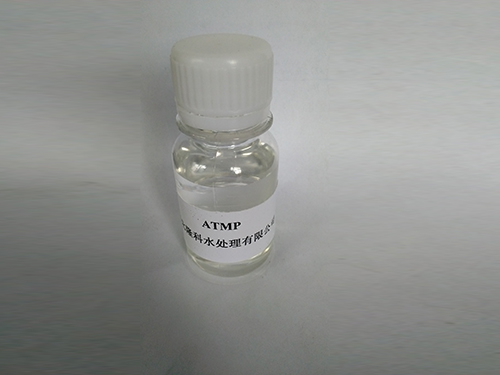polyaluminium chloride solution
Understanding Polyaluminium Chloride Solution Properties, Applications, and Environmental Impact
Polyaluminium chloride (PAC) solution is a widely used coagulant in water treatment and purification processes. It is a versatile chemical compound that plays a crucial role in various applications, including drinking water treatment, wastewater management, and industrial processes. This article will delve into the properties of polyaluminium chloride solution, its applications, and its environmental considerations.
What is Polyaluminium Chloride?
Polyaluminium chloride is an inorganic polymer composed of aluminum and chlorine, with the general formula Aln(OH)mCl(3n-m). It is available in various forms, including solid and liquid solutions, with the latter being most commonly used in water treatment. The polymer's structure allows it to form larger flocculent aggregates by neutralizing the charges of suspended particles in water, leading to their removal.
Properties of Polyaluminium Chloride Solution
The properties of PAC solution contribute significantly to its effectiveness as a coagulant. Typically, PAC is characterized by its high basicity, which ranges from 40% to 90%. The higher the basicity, the more efficient it is in destabilizing colloidal particles. Moreover, PAC solution presents a lower dosage requirement compared to traditional coagulants like alum (aluminum sulfate), making it a cost-effective option.
Additionally, PAC is relatively stable over a wide range of pH levels, usually performing optimally between pH 6 and 8
. This pH tolerance makes it suitable for various water qualities and enhances its application in different treatment scenarios.Applications of Polyaluminium Chloride Solution
1. Drinking Water Treatment One of the most significant applications of PAC solution is in the treatment of drinking water. It effectively removes turbidity, suspended solids, and organic matter, improving water quality and safety for human consumption. PAC is often favored for its ability to function effectively at low concentrations, which minimizes the risk of residual aluminum in treated water.
polyaluminium chloride solution

2. Wastewater Treatment In municipal and industrial wastewater treatment facilities, PAC is used to dewater sludge and enhance the removal of contaminants. Its ability to aggregate fine particles accelerates the settling process in sedimentation tanks, ultimately leading to clearer effluents.
3. Paper Industry PAC acts as a retention and drainage aid in papermaking processes. It promotes better retention of fibers and fillers, leading to improved paper quality. This results in cost savings by reducing the quantity of raw materials used.
4. Textile Industry In textile dyeing processes, PAC is utilized for the adsorption of dyes and impurities, refining the resulting effluent before discharge. Its efficiency helps manufacturers comply with environmental regulations regarding wastewater quality.
5. Mining and Metallurgy The mining sector employs PAC for clarifying drainage waters and tailings management. Its flocculating properties promote the settling of solid particles, leading to more effective separation processes.
Environmental Impact and Safety Considerations
While polyaluminium chloride solution is effective and versatile, its environmental impact must be carefully considered. The use of PAC has been associated with the potential leaching of aluminum, which can pose risks to aquatic life and human health if not managed correctly. However, studies have shown that when PAC is used within recommended guidelines and concentrations, the risk of adverse effects is minimal.
Moreover, compared to traditional coagulants such as alum, PAC generates less sludge, leading to lower disposal costs and environmental burden. The efficient coagulation performance of PAC means that less chemical is required, further minimizing the overall environmental footprint.
Conclusion
Polyaluminium chloride solution is an essential coagulant in the water treatment industry, boasting numerous applications across various sectors. Its favorable properties make it an efficient choice for enhancing water quality and facilitating waste management. As industries continue to seek sustainable solutions, the role of PAC will likely grow, provided manufacturers and users remain vigilant about potential environmental impacts. By understanding and managing these aspects, PAC can be harnessed effectively, contributing positively to both industry needs and environmental preservation.
-
Water Treatment with Flocculant Water TreatmentNewsJun.12,2025
-
Polymaleic AnhydrideNewsJun.12,2025
-
Polyaspartic AcidNewsJun.12,2025
-
Enhance Industrial Processes with IsothiazolinonesNewsJun.12,2025
-
Enhance Industrial Processes with PBTCA SolutionsNewsJun.12,2025
-
Dodecyldimethylbenzylammonium Chloride SolutionsNewsJun.12,2025





